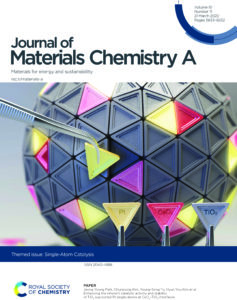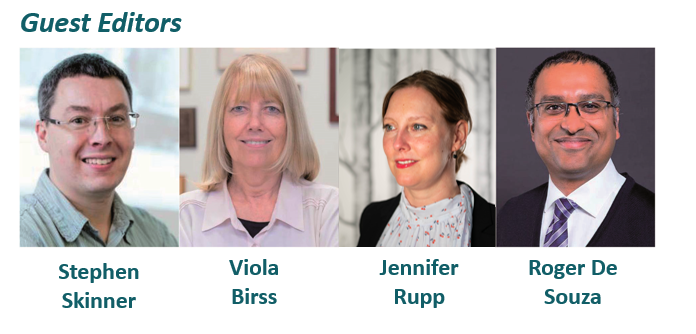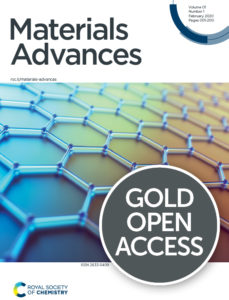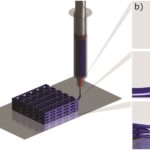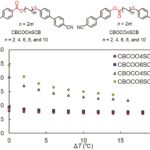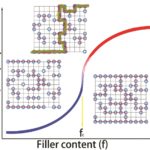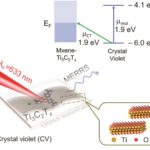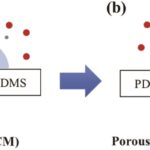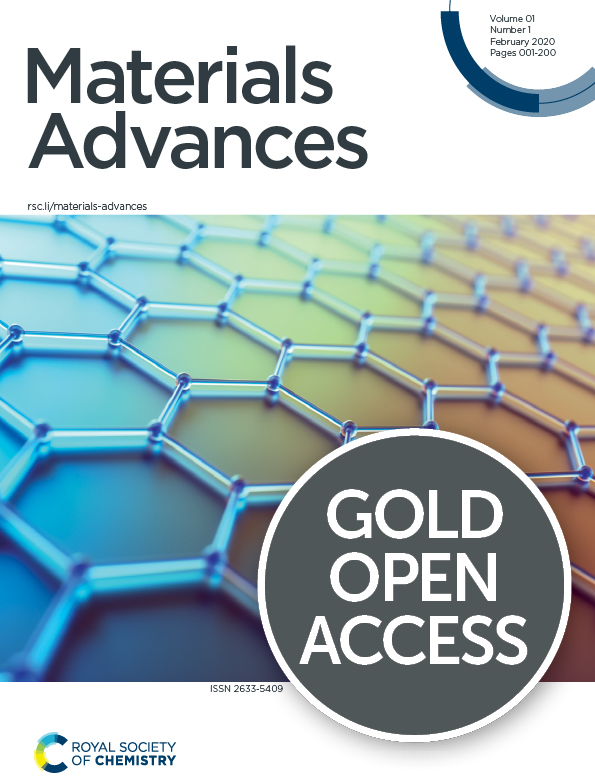
We are pleased to introduce a themed issue in honour of Prof. Daoben Zhu, on the occasion of his 80th Birthday. This special issue of Journal of Materials Chemistry C is a tribute to one of the pioneers of organic solids in China.

As one of the pioneers of modern organic materials, Professor Zhu’s creativity as well as his contribution to organic solids has inspired many young scientists and has also had a significant effect on global research. His achievements have received prestigious international recognition including the Lifetime Achievement Award of the Chinese Chemical Society (2021), Outstanding Science and Technology Achievement Prize of Chinese Academy of Sciences (2018), Academician of the Chinese Academy of Sciences (1997) and Fellow of the Royal Society of Chemistry (2001).
Guest Edited by Qichun Zhang, Wenping Hu, Thuc-Quyen Nguyen, Qibing Pei and Jia Zhu, it is a great honour to highlight contributions from a number of Prof Zhu’s former students, co-workers and friends which cover the design and preparation of new organic conjugated materials, the study of structure–property relationships and their potential applications in important devices including photovoltaics, organic spintronics, organic magnetics, organic thermoelectrics, organic memristors, organic transistors, organic optics, organic batteries, sensors, and bio-applications.

We hope you enjoy reading this Journal of Materials Chemistry C special issue in honour of Prof. Daoben Zhu. A selection of papers are included below or you can access the full issue here.
Editorial
Professor Daoben Zhu: a giant in organic solids in China
Qichun Zhang, Wenping Hu, Thuc-Quyen Nguyen, Qibing Pei and Jia Zhu
J. Mater. Chem. C, 2022, DOI: 10.1039/D2TC90014A
Reviews
The effect of side chain engineering on conjugated polymers in organic electrochemical transistors for bioelectronic applications
Yifei He, Nadzeya A. Kukhta, Adam Marks and Christine K. Luscombe
J. Mater. Chem. C, 2022, DOI: 10.1039/D1TC05229B
Recent progress in open-shell organic conjugated materials and their aggregated states
Shaoqiang Dong and Zhen Li
J. Mater. Chem. C, 2022, DOI: 10.1039/D1TC04598A
Communication
Cocrystal engineering for constructing two-photon absorption materials by controllable intermolecular interactions
Yihan Zhang,Hongnan Wu, Yuan Wang, Lingjie Sun, Shuyu Li, Yiwen Ren, Yajing Sun, Fangxu Yang, Xiaotao Zhang and Wenping Huac
J. Mater. Chem. C, 2022, DOI: 10.1039/D1TC04257B
Papers
Organic–inorganic hybrid metallic conductors based on bis(ethylenedithio)tetrathiafulvalene cations and antiferromagnetic oxalate-bridged copper(ii) dinuclear anions
Bin Zhang, Yan Zhang, Zheming Wang, Dongwei Wang, Deliang Yang, Zengqiang Gao, Guangcai Chang, Yanjun Guo, Takehiko Mori, Zhijuan Zhao, Fen Liu, Qiaolian Lie and Daoben Zhu
J. Mater. Chem. C, 2022, DOI: 10.1039/D1TC04305F
Photopatternable solid electrolyte for integrable organic electrochemical transistors: operation and hysteresis
Anton Weissbach, Lukas M. Bongartz, Matteo Cucchi, Hsin Tseng, Karl Leo and Hans Kleeman
J. Mater. Chem. C, 2022, DOI: 10.1039/D1TC04230K
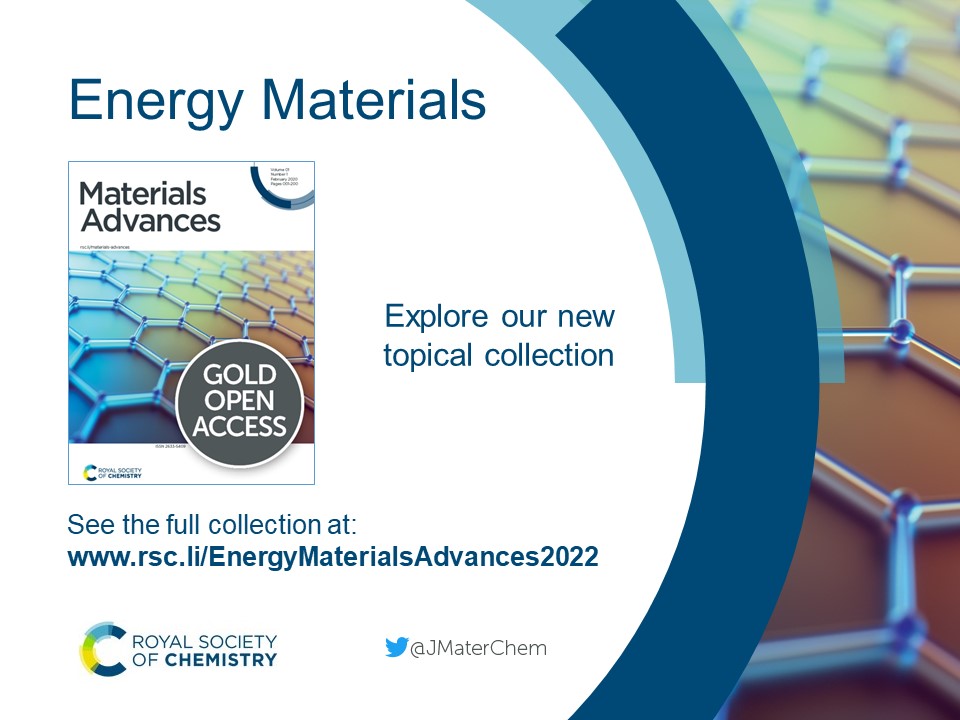 We are delighted to share with you a new collection of articles highlighting some of the most popular recent articles published in Materials Advances on energy materials. Containing both reviews and original research, the collection includes work on batteries, device fabrication, supercapacitors, and more.
We are delighted to share with you a new collection of articles highlighting some of the most popular recent articles published in Materials Advances on energy materials. Containing both reviews and original research, the collection includes work on batteries, device fabrication, supercapacitors, and more.










